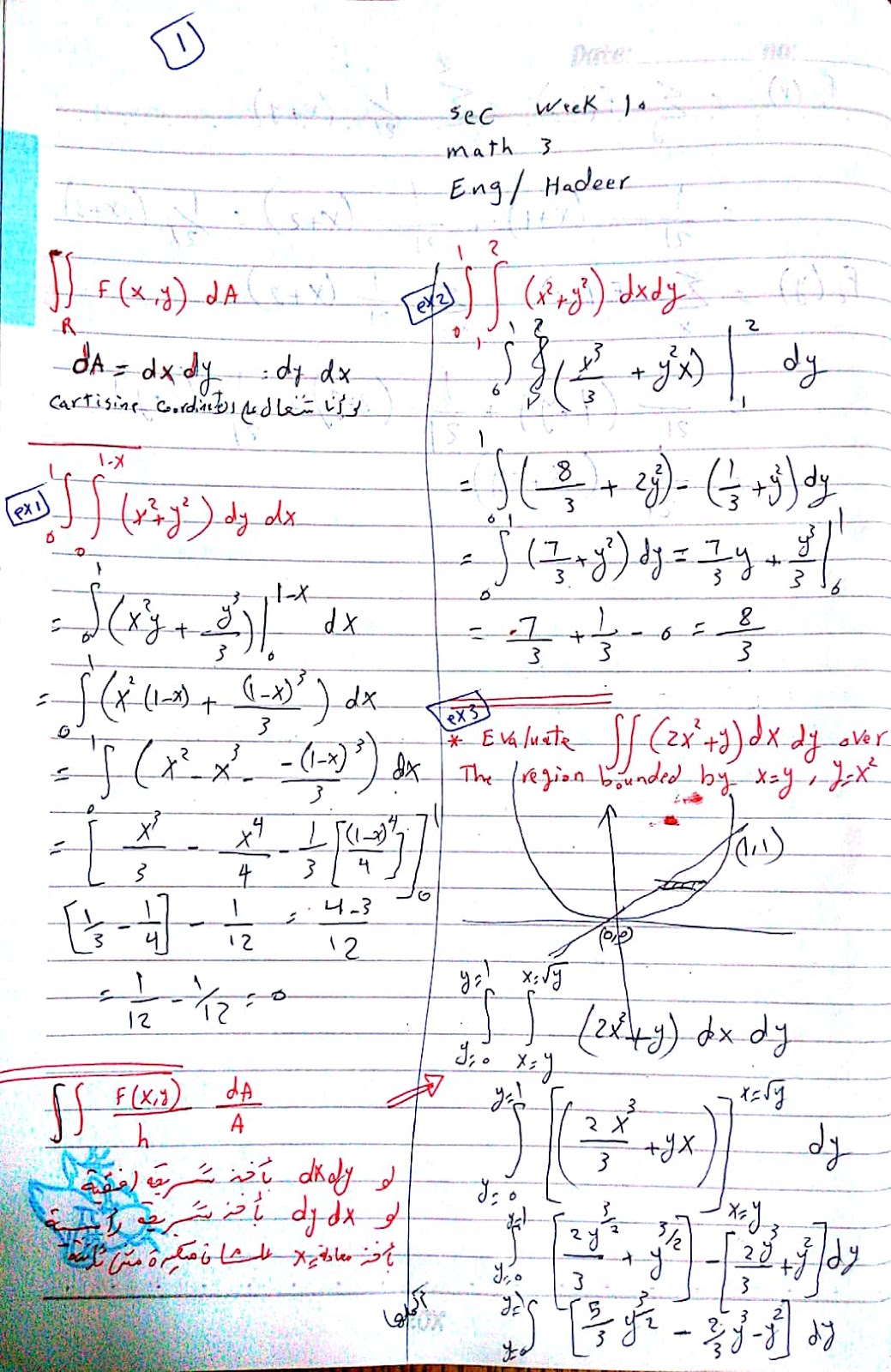

Return to Part III of the course APMA0330 Return to the main page for the course APMA0360 Return to the main page for the course APMA0340

Return to the main page for the course APMA0330 Return to Mathematica tutorial for the fourth course APMA0360 Return to Mathematica tutorial for the second course APMA0340

Return to Mathematica tutorial for the first course APMA0330 Return to computing page for the fourth course APMA0360 Return to computing page for the second course APMA0340 Return to computing page for the first course APMA0330

The notebook Demo.nb is also provided as a guide for user of the power method. Numerical examples and Monte Carlo results are provided to demonstrate and validate the use of the software package. Other functions compute cumulative probabilities, modes, trimmed means, intermediate correlations, or perform the graphics associated with fitting power method pdfs to either empirical or theoretical distributions. The primary functions perform the following (a) compute standardized cumulants and polynomial coefficients, (b) ensure that polynomial transformations yield valid pdfs, and (c) graph power method pdfs and cdfs. The package is flexible enough to allow a user the choice to model theoretical pdfs, empirical data, or a user's own selected distribution(s). The software developed is written in the Mathematica 5.2 package PowerMethod.m and is associated with fifth-order polynomials that are used for simulating univariate and multivariate non-normal distributions. This paper provides the requisite information and description of software that perform numerical computations and graphics for the power method polynomial transformation.


 0 kommentar(er)
0 kommentar(er)
